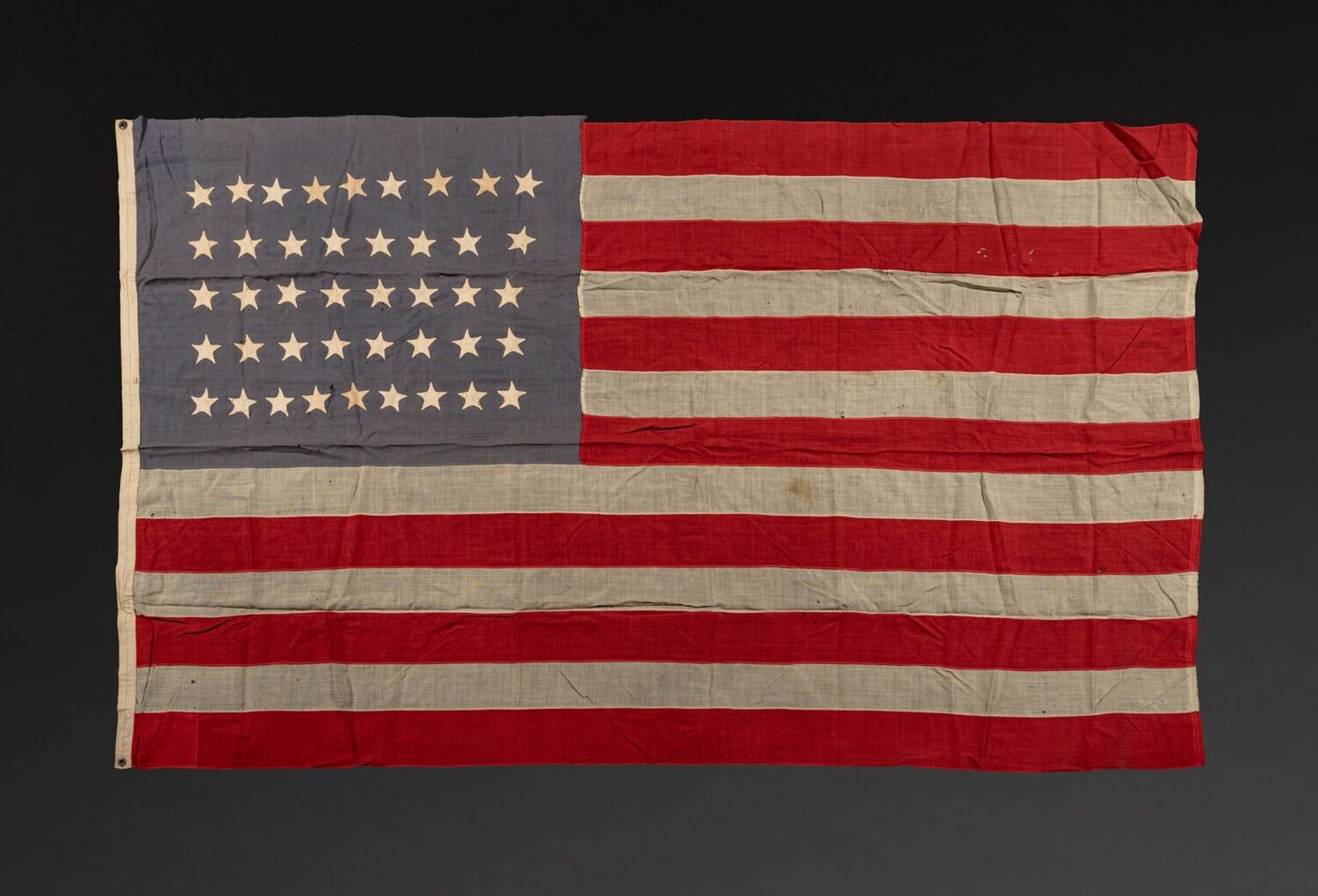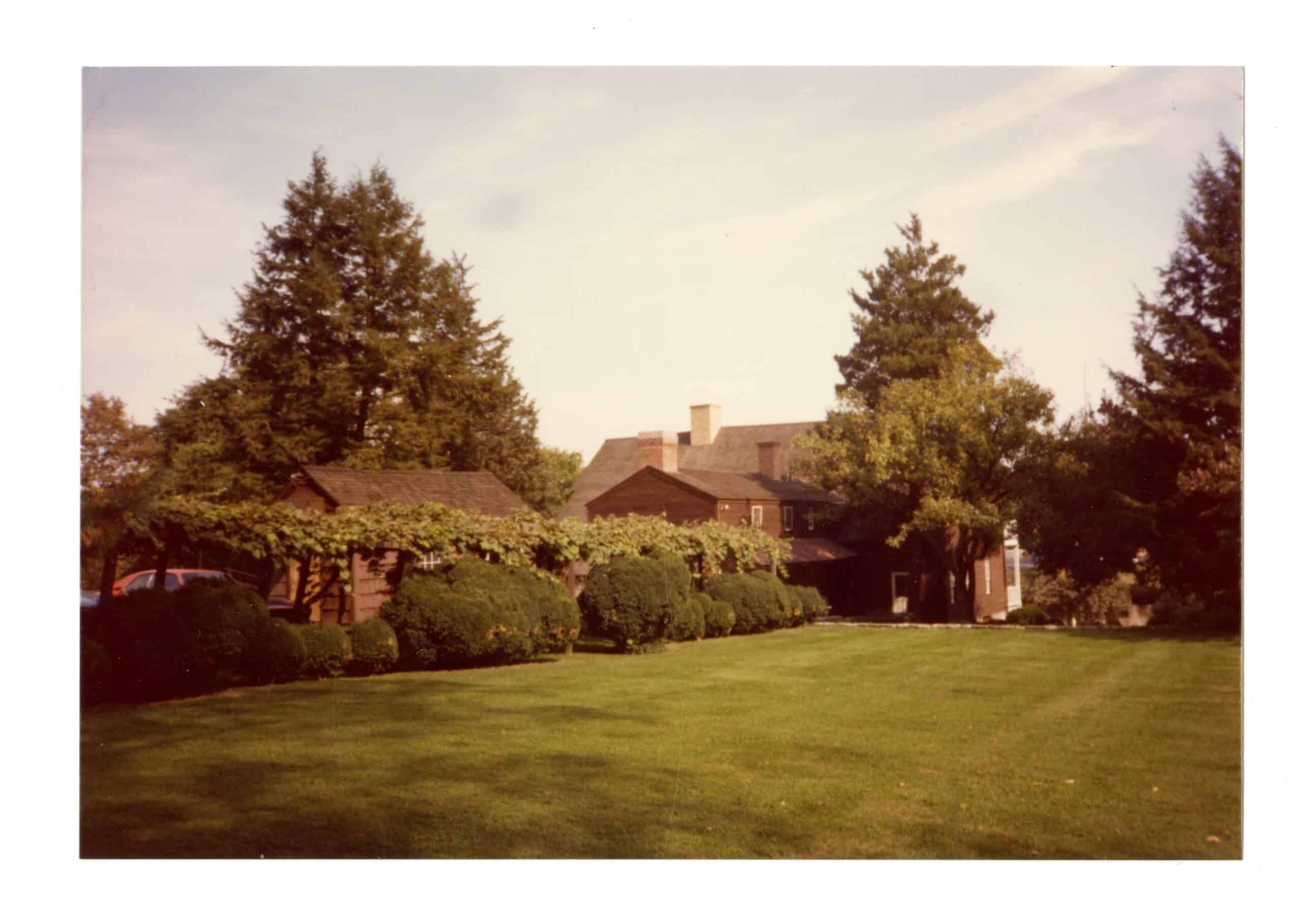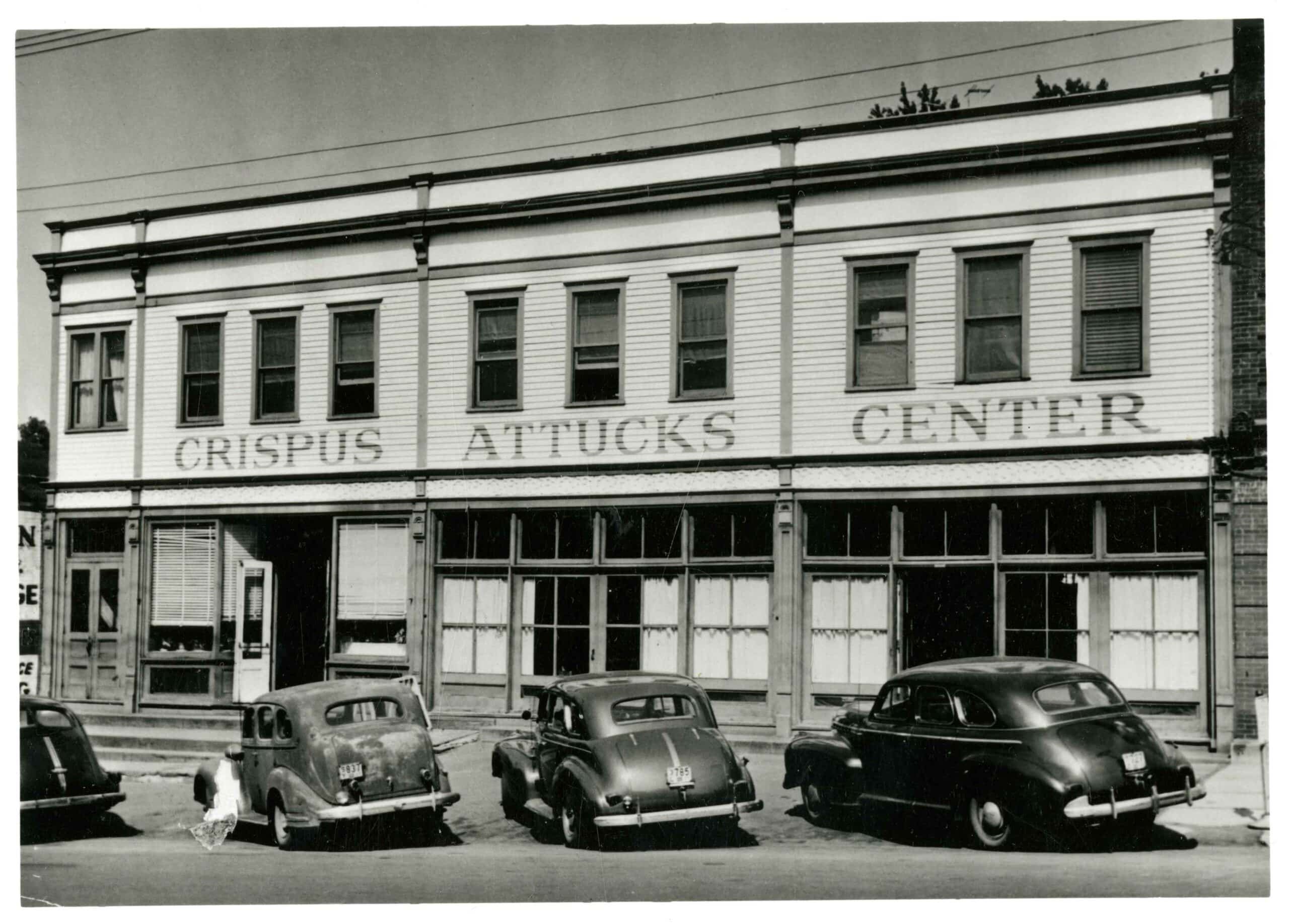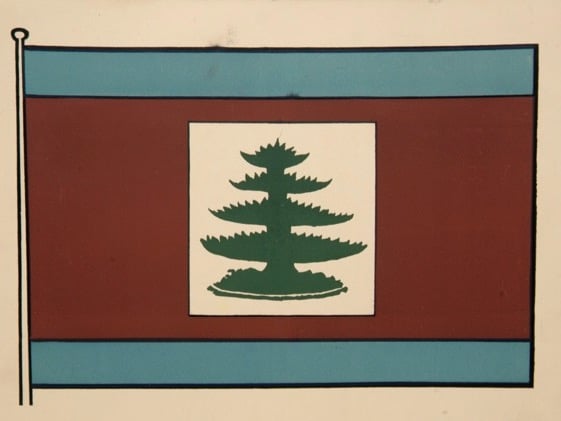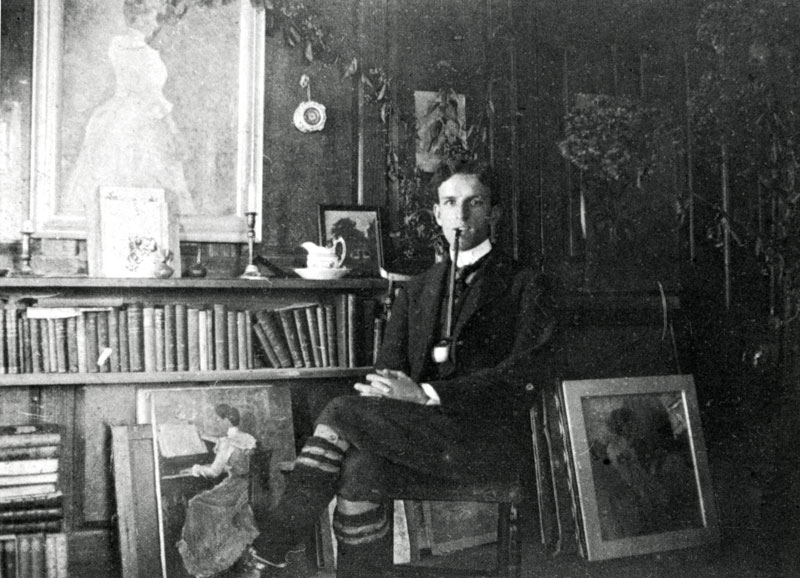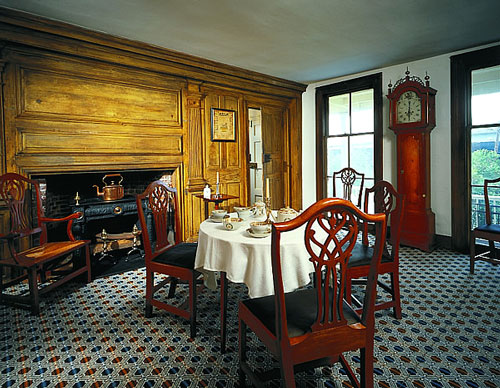An Old Glory Comes Home
We are lucky here at the Greenwich Historical Society to be the benefactors of the many local history lovers who entrust us with their artifacts. As collectors and stewards of Greenwich history, we see the full gamut of historical objects. The extraordinary and the mundane – from a handwritten letter by Arthur Conan Doyle to … Read more
